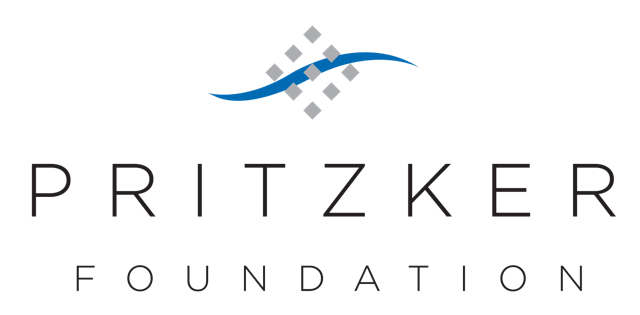It’s an unusually balmy mid-November day in Chicago’s south-side West Englewood neighborhood, and it’s also picture day at Miles Davis Magnet Academy. The hallways are abuzz with carefully outfitted kindergarten classrooms and a trio of sisters in matching T-shirts. But in teaching artist Kim Mahal-Laude’s classroom, the buzz is tempered with a quieter kind of excitement: Students lean over their construction paper projects, gluing small paper cuttings into place with great attention. This is a fourth grade class, so of course there’s an occasional burst of energy, often with today’s birthday boy at the epicenter. But many of the room’s small faces are focused intently on the paper at hand, holding expressions that could best be described as meditative.
This teaching artist residency, a collaboration between visual artist Kim and dance artist Yolanda Pittman-Maloney, is a part of a long-term partnership between Urban Gateways and the school. In summer 2015, kindergarten through 8th grade students participated in an 18-session multi-disciplinary residency focusing on the Caribbean Carnival Festival. Last year students worked in the disciplines of theater, music, and dance all year long to produce a community production at the end of the year. This year, Kim and Yolanda are guiding students on an artistic journey that celebrates influential Chicago artists and culminates in a “Soul Train” performance in June. Yolanda is teaching the dance numbers; Kim is helping students design the set.
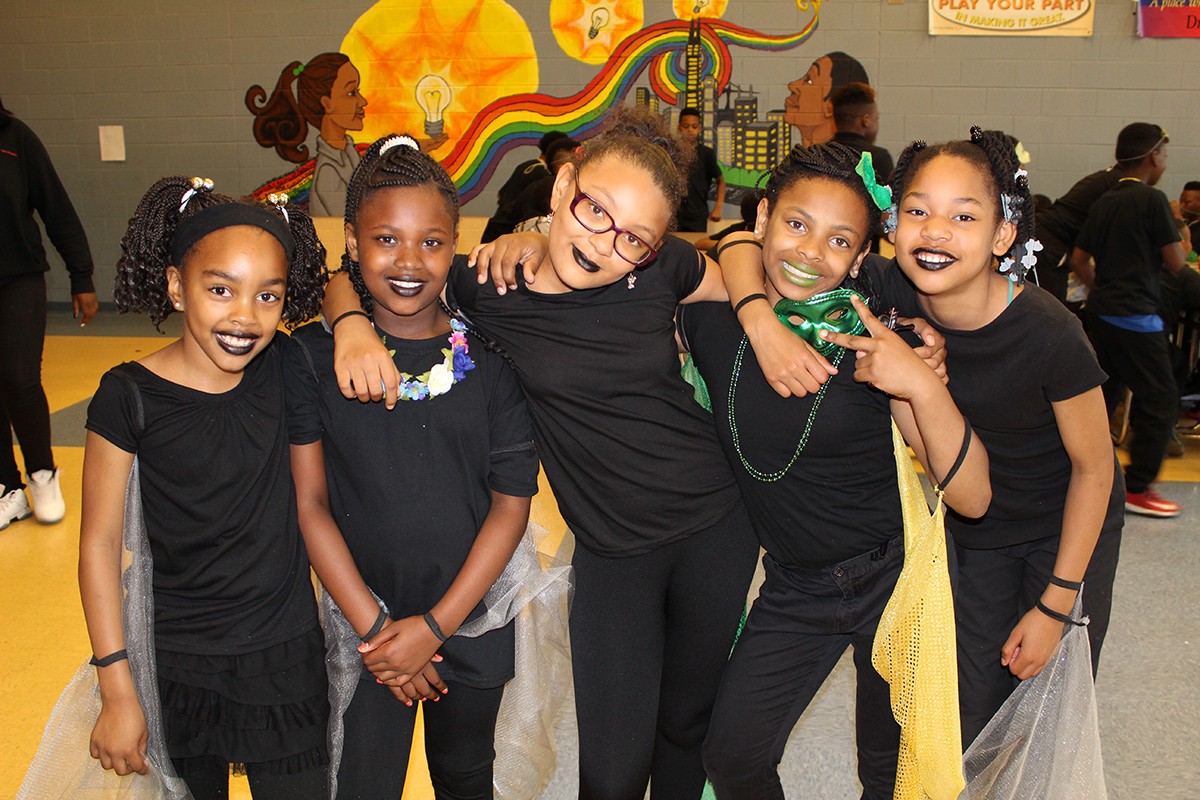
Kim and Yolanda have both been working at Miles Davis through Urban Gateways for several years now. Because each year’s arts programming covers all grade levels, and because the artists are at the school Monday through Friday for the entire school year, the artists and students have been able to forge deep connections and grow side-by-side.
“It’s good because the students already know my expectations,” Kim said. “You don’t have to start over every time. And they respond to us better and better each year.”
At this point in the school year, students are working primarily on visual arts and dance techniques to deepen their understanding of these disciplines. Yolanda’s dance classes begin with learning about different Chicago musicians and artists, whose images and bios are taped up around the dance room. Students choose an artist to read about (or in the case of younger students, Yolanda reads aloud to them); artists cover a range of genres, from Lou Rawls to Common and from Herbie Hancock to Jennifer Hudson. After a class discussion, students move into warm-up, technique practice, and basic choreography set to the musical stylings they’ve discussed. So far, the choreography rehearsals focus on teamwork and comfort with the movements; soon they’ll work on choreography for the holiday performance, and then for the end-of-year Soul Train show, which will include dance numbers for each grade level (plus some extras like a Barack-and-Michelle-themed dance and intros by Miles Davis’ own young Don Cornelius, which we look forward to seeing).
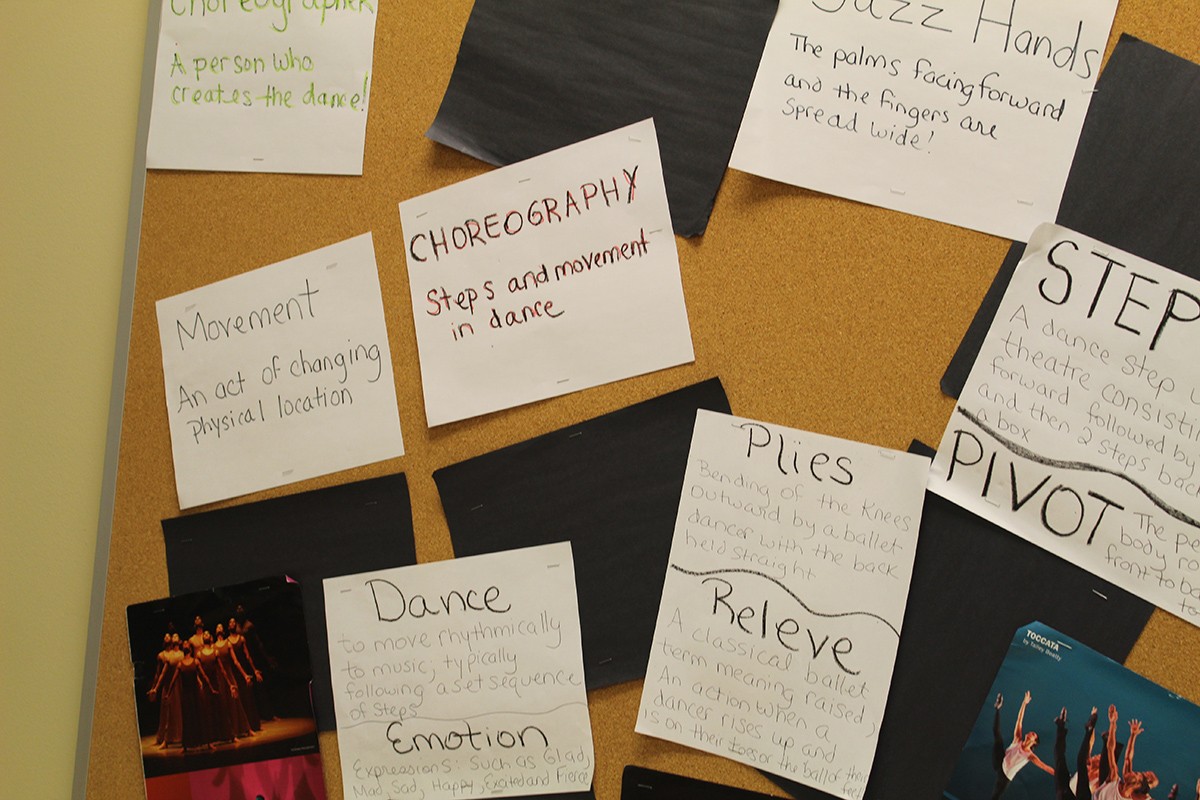
Kim’s classes focus on a different visual arts technique each session and also use Chicago artists like Theaster Gates and Chris Ware as inspiration. On this November day, the fourth graders are learning about positive and negative space and creating simple construction paper art pieces that demonstrate the concept. Soon, Yolanda and Kim will allow students to choose a “focus” – dance or visual arts – and the students who choose visual arts will work with Kim on the Soul Train set design. They’ll recreate the famed Soul Train sign, of course, and compile plenty of onstage glitz – with the addition of the Chicago skyline as a backdrop.
While Kim was busy describing negative versus positive space and helping students with their artwork, I took a little time to talk with Yolanda about how this program allows students to grow.
“There’s one fifth grade girl – she was kind of shy, and I’ve noticed she’s more confident now. Confident, but still humble,” Yolanda said. “She used to stand in the back, now she’ll move to the front of the room. And she’ll actually come to me with questions about the dances we’re working on.”
Yolanda emphasized the need to teach students that confidence and cockiness are not the same thing. “I don’t just believe in teaching dance,” Yolanda said. “I believe in teaching how to be a better person. Like if you see bullying, you stop and nip that in the bud. I think education has gotten too focused on test scores; we need to teach how to be a better human being. [For example,] if girls are mean to each other in dance class, trying to get in front, I’ll check that.”
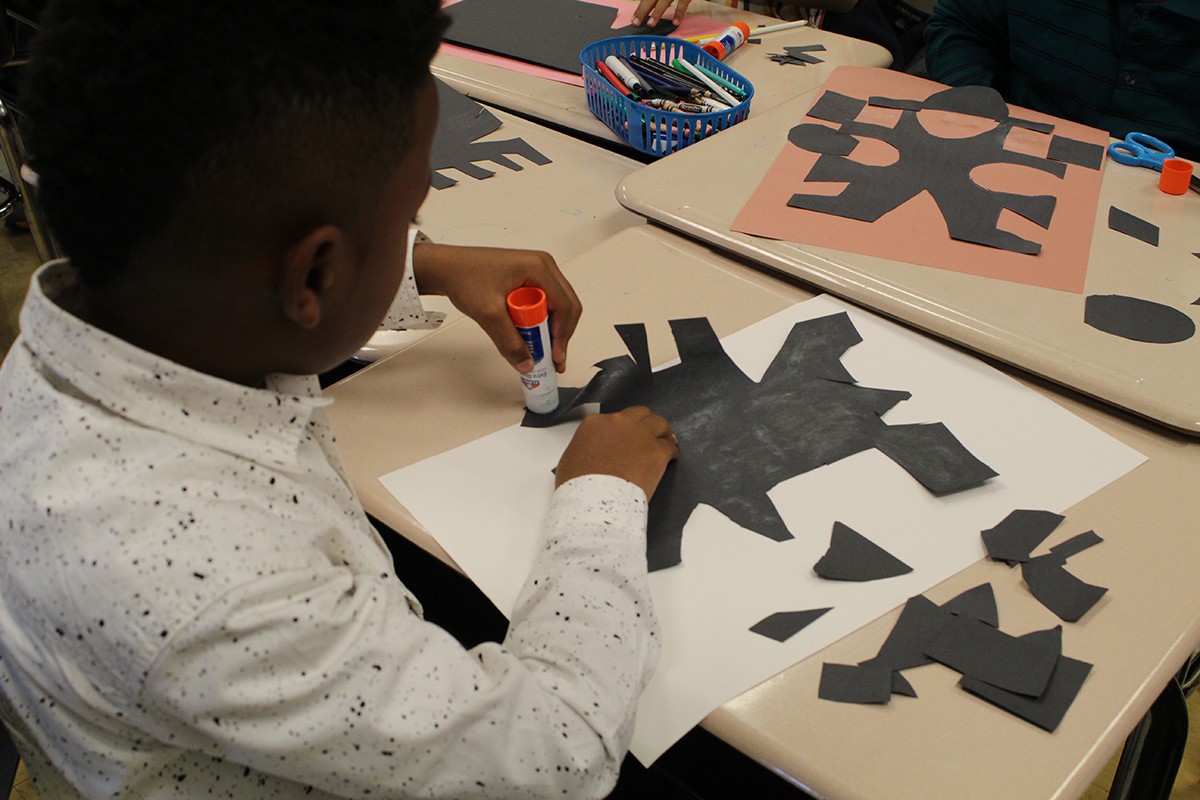
What’s most impressive about the Miles Davis programming is the way it allows students to grow, personally and creatively, in ways that are both immediate and long-term. Some of these students have been involved with Urban Gateways programming for years; fourth grader Trayvon recalled for me the mask-making they did during the Carnival summer program and told me he still remembers how fun that was. Trayvon’s classmate, Joshua, summed up his experiences by saying he likes these classes because “I get to create things out of my own imagination.” The fact that these arts opportunities are a consistent part of their school years and their growing up makes their creative development even stronger.
And then there’s the progress these students make in the course of just one school year. By June, students will see their creative prowess develop into a full-fledged school production that they’ll share with parents and peers. It’s an exercise in perseverance, pride, and community-building.
And right here, today, small creative realizations that will add up to a bigger whole are clearly happening. One fourth grader named Aniyah (pictured below) showed me the project she was working on. “I really liked when [Ms. Kim] talked about negative and positive space,” Aniyah said, quiet but smiling. “It made me think of train tracks. That’s what this is.” You can see it in the criss-cross patterns of her creation. Miles Davis students are learning that the arts do relate to the world around them and to their lives – and that creativity can become a long-term part of their identities.
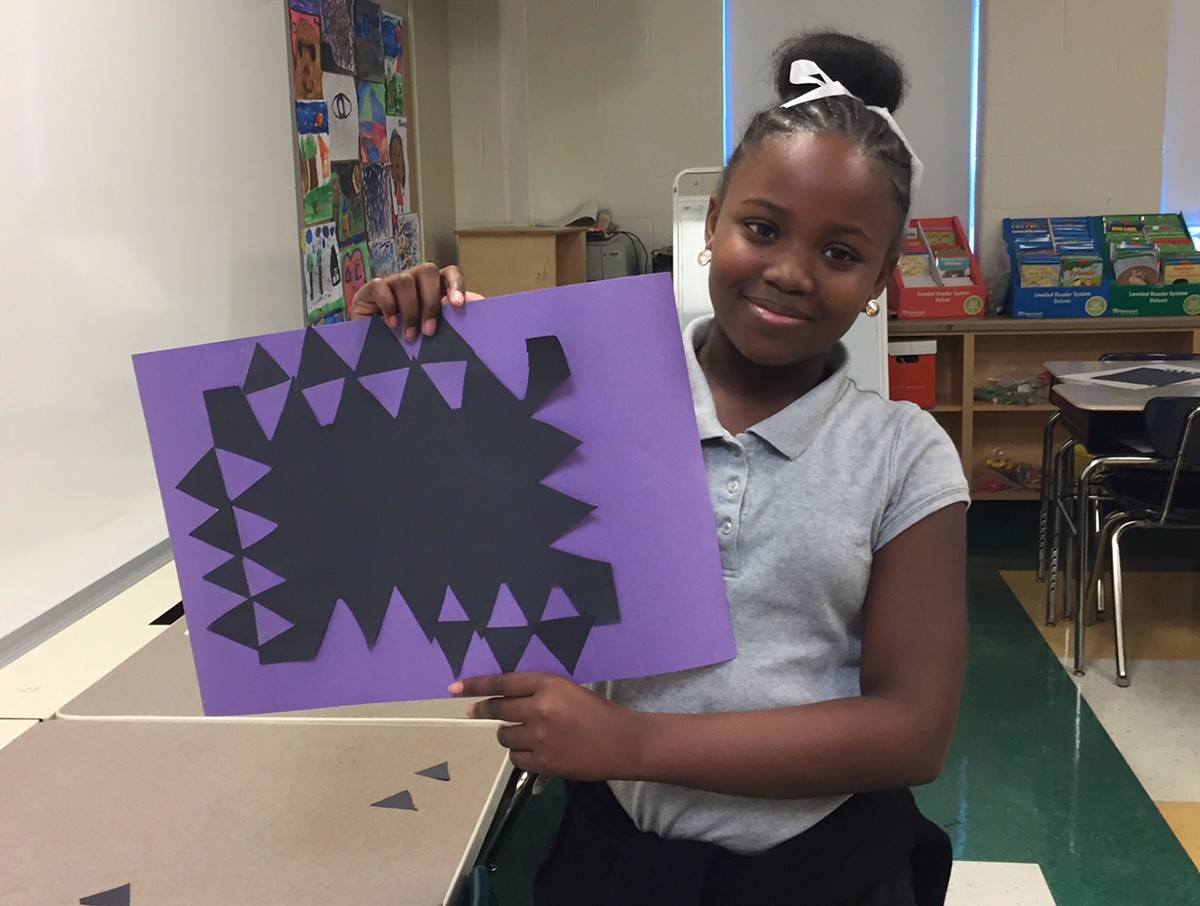
Thanks to the generous Urban Gateways funders who make programs like this one happen!
THE CROWN FAMILY


